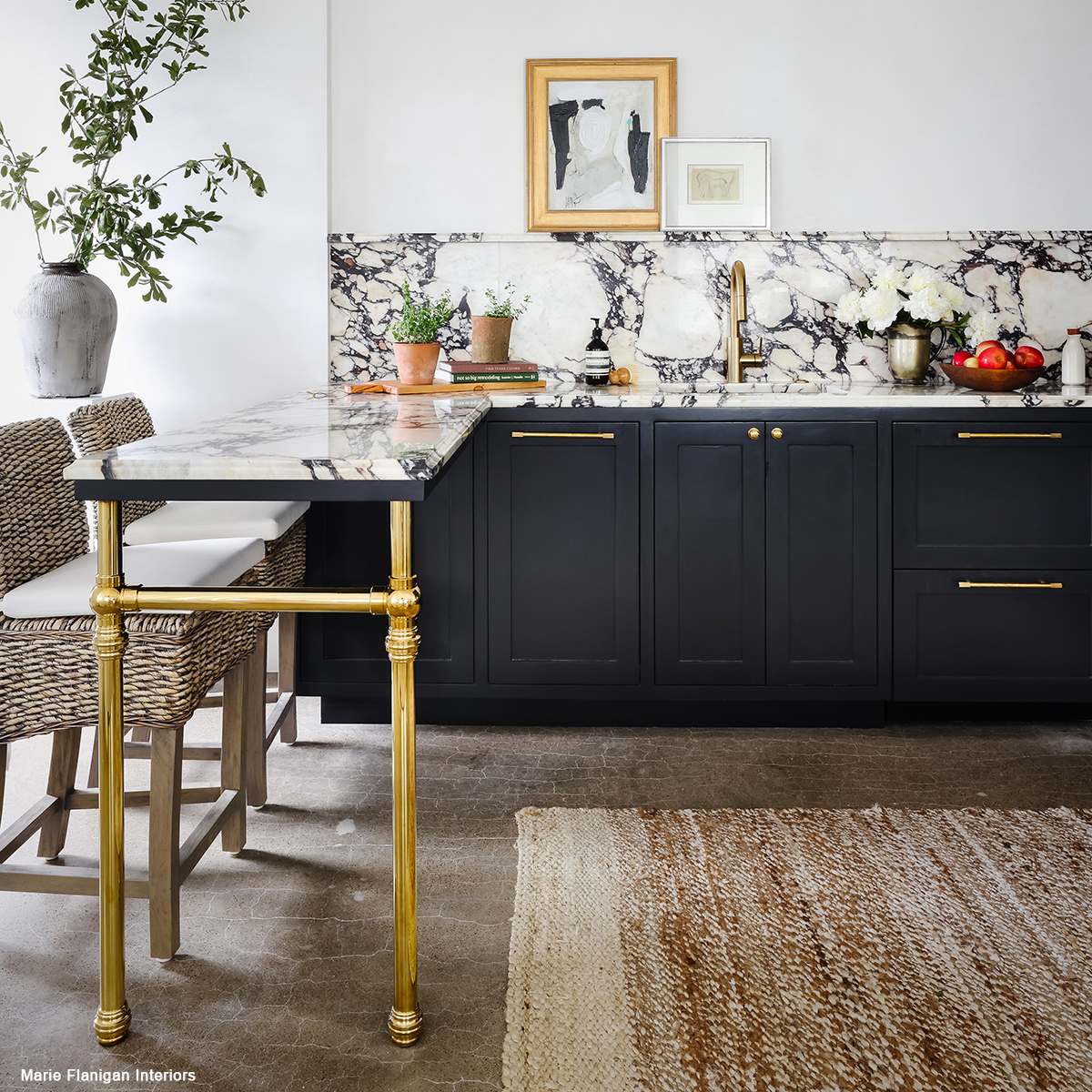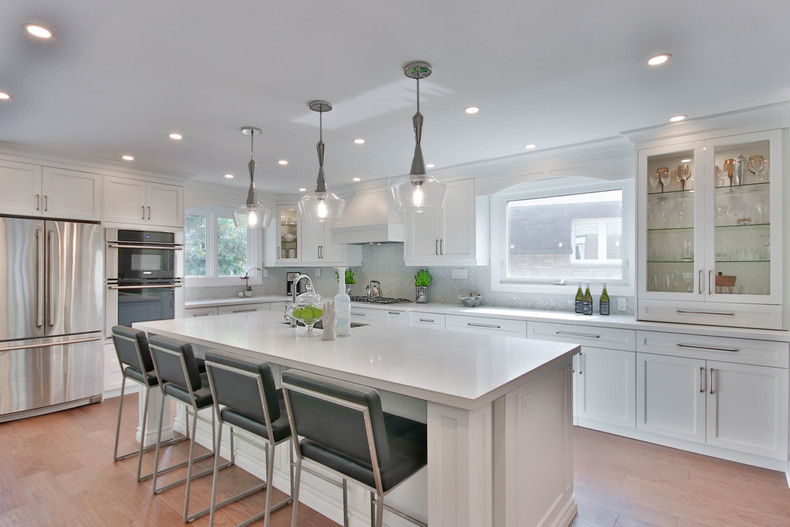Ingenious and Stylish Layouts in Modern Legs For Kitchen Island Solutions
Ingenious and Stylish Layouts in Modern Legs For Kitchen Island Solutions
Blog Article
Essential Variables to Take Into Consideration When Choosing Legs For Kitchen Island
Selecting the ideal legs for a cooking area island includes a careful analysis of several elements that can significantly affect both performance and aesthetic allure. Amongst these, the option of material plays an essential function in making certain durability, while the layout should complement the existing style. Factors to consider such as height and weight assistance are necessary for stability and convenience. As we explore these aspects, it becomes clear that each choice can have far-reaching ramifications for the general kitchen experience. What subtleties should be considered in each of these classifications to achieve the suitable balance?
Material Options
When selecting legs for a kitchen area island, recognizing the various material choices is essential for achieving both aesthetic charm and architectural honesty (Legs For Kitchen Island). The choice of material substantially affects not just the durability of the island however likewise its overall layout and functionality
Wood is a prominent option, supplying heat and versatility. Solid hardwoods, such as oak or maple, provide stamina and can be discolored or repainted to match the kitchen area decoration. Steel legs, usually made from stainless-steel or functioned iron, add a commercial and modern-day feeling while making certain durability and stability. These products are immune to wear and can sustain significant weight, making them excellent for bigger islands.
One more option is engineered products, like MDF or plywood, which can be a lot more affordable while still providing a range of coatings. They may not supply the very same level of security as solid timber or steel. Legs For Kitchen Island. Materials such as acrylic or glass can create a modern look, though they might require added support to ensure security.
Ultimately, the option of material for cooking area island legs ought to align with the preferred functionality and the total theme of the cooking area.
Style and Design

When considering style, the shape and coating of the legs are critical. Tapered legs can provide a feeling of agility and style, while thicker, extra durable legs can communicate stamina and stability. Additionally, the finish-- be it repainted, tarnished, or all-natural-- must match the cabinetry and countertop products to develop a unified look.
Furthermore, the design of the legs can additionally mirror personal taste. Custom or attractive legs, such as those including elaborate carvings or one-of-a-kind geometric forms, can work as focal points, including character and personality to the cooking area. Eventually, the best choice will certainly not only enhance capability however also boost the aesthetic appeal, making the cooking area island a standout feature of the home.
Elevation Factors To Consider
Picking the proper elevation for cooking area island legs is essential, as it straight influences both performance visit the website and comfort. The standard elevation for a cooking area island normally varies from 36 to 42 inches, lining up with typical kitchen counter heights.

It is likewise vital to represent customers' choices and heights. Personalizing the height can make certain a comfy experience for all member of the family, making the kitchen area island an extra functional and satisfying room.
Weight Support
Ensuring adequate weight assistance for kitchen island legs is important for both safety and security and functionality. The cooking area island usually offers numerous purposes, consisting of food preparation, dining, and added storage, necessitating a durable assistance structure. When selecting legs, it is critical to think about the overall weight capacity called for based upon the island's meant usage and the products that will certainly be placed on it.
The selection of material for the legs plays a considerable function in their weight-bearing click this link abilities. Strong timber, steel, and durable composites normally supply superior toughness contrasted to lighter products. Furthermore, the layout of the legs-- whether they are directly, tapered, or have a pedestal form-- can affect their capability to disperse weight efficiently across the structure.
Moreover, the leg positioning ought to be purposefully prepared to improve security. Legs positioned at the edges or with a bigger base can much better support heavier tons. Constantly speak with the producer's requirements pertaining to load limitations to guarantee that the legs can maintain the intended weight without jeopardizing safety and security. In recap, choosing kitchen area island legs with sufficient weight assistance is important for developing a risk-free and practical cooking room.
Installation and Upkeep
Proper installation and maintenance of cooking area island legs are essential for ensuring longevity and security. This often entails securing the legs to the island base using proper fasteners, guaranteeing that the legs are degree and aligned.
When set up, routine maintenance is required to protect the integrity and appearance of the legs - Legs For Kitchen Island. For wood legs, regular cleaning with a damp cloth and application of ideal timber polish can avoid moisture damages and preserve their surface. Steel legs may need a gentle cleansing service to eliminate oil and crud, complied with by a dry fabric to stop rust development
In addition, evaluate the legs frequently for indications of wear or damage, such as splits or loosened joints. Tightening up screws or bolts as needed can likewise prolong the life-span of the legs. By adhering to these installation and maintenance techniques, property owners can guarantee that their kitchen area island remains durable and visually appealing for years to come.
Verdict

Aesthetic comprehensibility is vital in choosing the style and design of legs for a kitchen area island, as these components greatly affect the total advice ambiance of the space. Tapered legs can give a sense of agility and sophistication, while thicker, more durable legs can communicate toughness and security.Picking the suitable height for kitchen island legs is important, as it directly affects both performance and convenience. In summary, selecting kitchen island legs with ample weight assistance is crucial for producing a secure and useful cooking space.
In conclusion, selecting legs for a kitchen island requires cautious factor to consider of different factors, consisting of material options, design, elevation, weight assistance, and installation.
Report this page